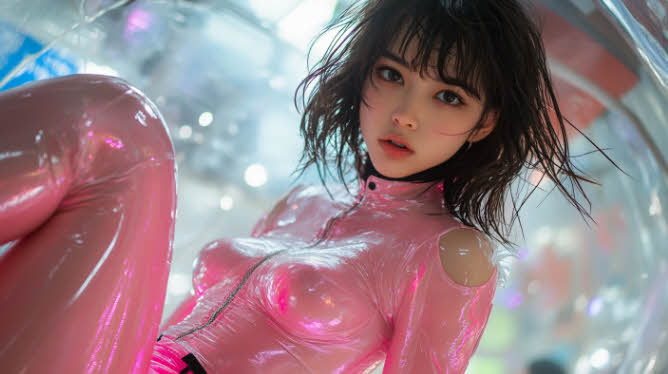Truth About ArtStation and Online Platforms for Artists
ArtStation has recently updated its terms of service to protect users from AI scraping. While this is a positive step, it raises important questions about the reliability of online platforms for artists and the challenges of showcasing work in the digital age.

ArtStation’s New Terms of Service
ArtStation has clarified its stance on AI and user content:
- Scraping, reselling, or redistributing content is not permitted
- Use of “no AI” content with generative AI programs is prohibited
- ArtStation commits not to use or license any content for training generative AI programs
While this update is welcome, it comes in the wake of legal actions against AI companies, raising questions about the platform’s motives and timing.
The Dilemma of Online Platforms

Trust Issues
Artists should be cautious about trusting platforms that profit from their labor. In a capitalist society, even platforms with initially altruistic intentions may eventually prioritize investor interests over user needs.
The Need for Visibility
For working artists, visibility is crucial:
- Art directors and editors need to see your work
- Building an audience often requires posting on multiple platforms
- Time spent on social media management detracts from creating art
Strategies for Artists
- Diversify Your Presence: Post on multiple platforms to avoid relying on a single service
- Build Your Own Space: Create a personal website as a backup and portfolio showcase
- Consider Privacy: Be aware that public posts, even on personal sites, can be vulnerable to scraping
- Look Out for Each Other: Artists must support and protect one another in the digital space
The Need for Artist Protection

The art community would benefit from an organization that could:
- Protect against theft and scraping
- Negotiate contracts and page rates
- Provide legal support
So what to do?
While platforms like ArtStation are making efforts to protect artists, the digital landscape remains challenging. Artists must balance the need for visibility with the risks of online exposure, and consider building their platforms for greater control over their work.